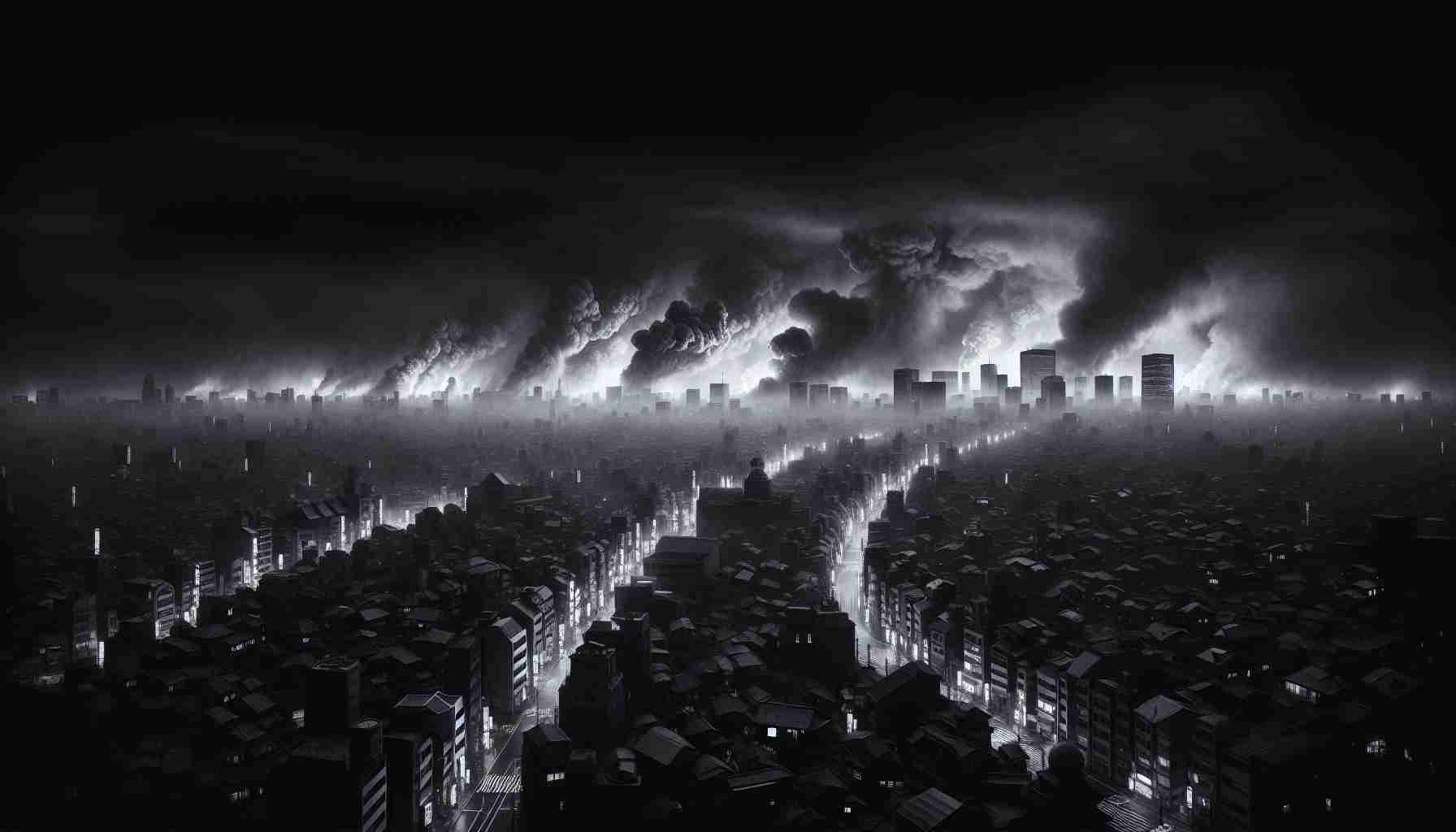- The New Year of 1945 marked the start of a catastrophic period for Tokyo, with air raid sirens signaling imminent danger.
- Incendiary bombs fell on downtown Tokyo, destroying nearly 800 homes in a shocking start to the year.
- A devastating air raid on January 27 targeted the Musashino aircraft factory but hit urban areas due to miscalculations.
- Chaos ensued among city residents as bombings disrupted the tranquility, leading to widespread panic and destruction.
- The tragic events left lasting scars on survivors, embedded deeply in Tokyo’s collective memory.
- This historical episode underlines the themes of resilience and the need to remember the past to honor those affected.
As the clock struck midnight on December 31, 1944, Tokyo plunged into chaos, marking the beginning of a grim chapter in its history. Japan was enduring the relentless aftermath of World War II, and the following weeks were about to unleash hell upon its capital.
The first signs of catastrophe emerged on the ominous night of December 31, 1944, when air raid sirens blared just before the New Year. In the luxury neighborhoods of downtown Tokyo, people were caught off-guard, oblivious to the impending doom. Moments after the New Year began, the sky rained inferno as incendiary bombs fell indiscriminately. Almost 800 homes in the city’s outskirts were consumed by flames, making it the most catastrophic New Year the city had ever faced.
However, it was the air raid on January 27 that forever marked Tokyo’s landscape with devastation. Targeting the Musashino aircraft factory, a miscalculation due to poor weather caused a cluster of B29 bombers to redirect their fury onto the urban heart of Tokyo. Panic ensued as mixed signals from the air raid alerts created chaos among the steadfast city dwellers. They stood, gazing into the darkened skies, unaware of the havoc soon to be unleashed.
With a thunderous roar, bombs shattered the stillness. The station at Yurakucho became one of the most harrowing sites of destruction, where an explosion killed dozens and scarred the survivors with haunting memories. The stench of gunpowder mingled with the eerie scent of blood lingered in the air for weeks, creating an indelible mark on the city’s psyche.
This dark period in history teaches us resilience and the importance of remembering our past. Tokyo, once engulfed in flames, has risen from the ashes, showcasing the strength of a city that endures.
Unveiling the Tragedy: Tokyo’s Resilience Amidst Destruction in 1944
The Chaotic New Year of 1944
As Japan grappled with the consequences of World War II, Tokyo experienced a series of devastating air raids that would change the city’s landscape and psyche forever. The chaos began on New Year’s Eve when bombings struck unexpectedly, the first of many attacks that would decimate homes and instill fear in the hearts of the inhabitants.
The Impact of the January 27 Air Raid
The air raid on January 27, 1945, was particularly catastrophic. Directed at the Musashino aircraft factory, a poor weather forecast led to miscalculations that turned this military operation into a disaster for the civilian population. This incident, marked by panic and devastation, left an enduring mark on the city’s history.
Innovations in War Technology
During this period, the use of incendiary bombs by the U.S. forces showcased significant advancements in military technology. These bombs were created to cause maximum damage by igniting fires that would overwhelm entire neighborhoods in minutes. The tactical approach and the psychological warfare inflicted upon urban environments during World War II set a grim precedent in military strategies.
Lessons on Resilience and Recovery
Even in the face of such rampant destruction and chaos, the resilience of Tokyo and its citizens emerged. The aftermath of the war prompted a unified effort towards rebuilding, leading to modern urban planning and advancements in architecture. The city not only reconstructed its physical infrastructure but also fostered a deeper sense of community and resilience among its people.
The Psychological Toll
The traumatic experiences of air raids left psychological scars on survivors. Historical records and testimonies reveal how these events triggered long-term mental health issues among the population. Post-traumatic stress disorder (PTSD) became a significant concern for many, as the devastation of the war lingered in collective memories.
Key Questions about Tokyo’s Air Raids and Their Aftermath
1. What were the immediate effects of the air raids on Tokyo’s civilian population?
The air raids resulted in significant loss of life, destruction of homes, and widespread fear among the populace. Many residents became homeless as entire neighborhoods were obliterated, and the panic caused by the raids disrupted daily life.
2. How did the air raids influence Tokyo’s post-war recovery and urban development?
The bombings prompted a collective effort in rebuilding, leading to new urban planning initiatives, innovative architectural designs, and the modernization of infrastructure to better withstand potential future crises.
3. What measures were taken to address the mental health issues emerging from this traumatic period?
Post-war Japan began to introduce mental health services, with an increased awareness of the psychological impacts of war, thereby emphasizing the need for trauma support and counseling for survivors.
For more information on Japan’s history and resilience during World War II, you can visit Japan Travel.


